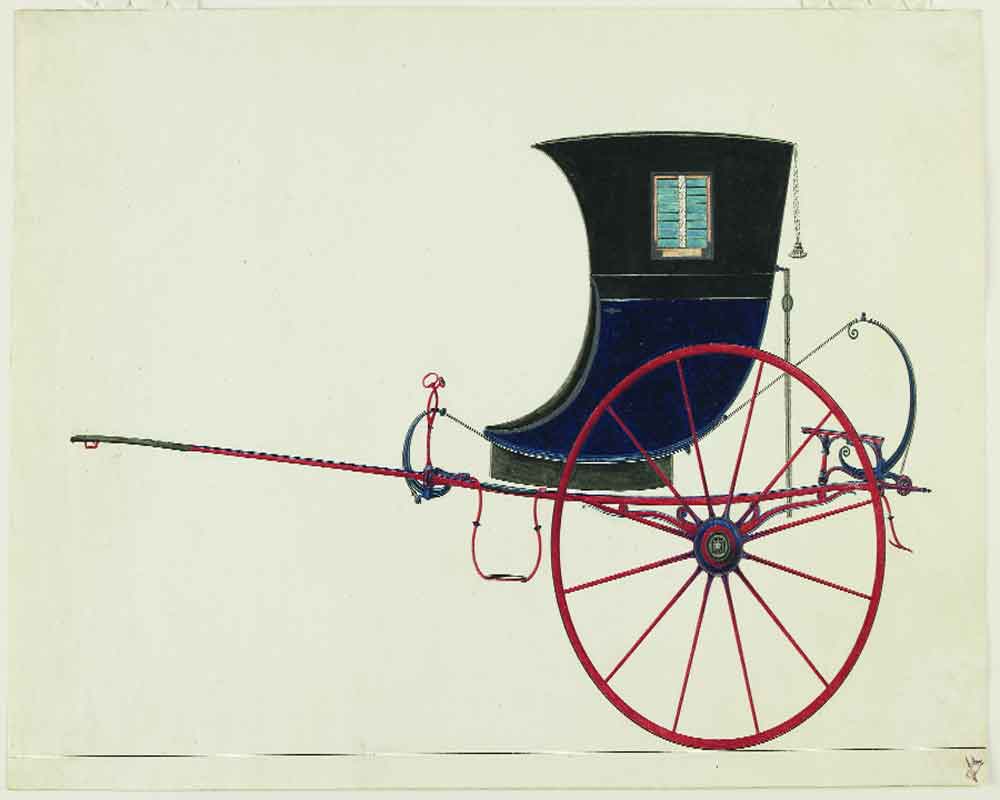The exhibition at London’s Wallace Collection, Forgotten Masters: Indian Paintings for the East India Company, aims to identify colonial Indian artists, whose individual names were never attributed to their works. By Uma Nair
The Wallace Collection in London hosts Forgotten Masters: Indian Paintings for the East India Company, curated by award-winning historian, William Dalrymple. The exhibition, which roughly spans the years between 1770 and 1840, is dedicated to the Indian artists who were commissioned by British patrons associated with the East India Company (EIC). These artists (whose many works were destined for export to Europe) have been generally grouped, by art historians and curators under the umbrella term ‘Company Painting’ rather than credited to individuals.
The exhibition aims to point out that these individuals deserve a place in the history of Indian art more than they merit a place in the history of colonialism. Dalrymple, who calls himself Mehrauli goat herd, steps out of his orbit and does India a huge favour in calling a spade a spade and giving identities to these unknown artists.
‘Kampani Qalam’, the Urdu name for the rich, hybrid art style associated with commissions for the EIC, has been split into six rooms of absolute nostalgia and brilliance in compositional character.
Tales of Calcutta
Bengali-speaking artists and Calcutta feature in this epic sojourn since the city was the headquarters of the EIC. Story goes that Elijah Impey, chief justice of Calcutta’s Supreme Court, and his wife, Mary, had a menagerie of pets — animals and birds. Mary commissioned the gifted Muslim painter Shaikh Zain-ud-din of Patna to create an album documenting their exotica between 1777 and 1783. Zain-ud-din was then supported by a pair of Hindu painters from Patna. The three did the lion’s share of the work while Zain-ud-din executed or oversaw more than 300 stunning sheets. All three natives of Patna spoke Bengali.
Critics have called this show of 100 works, fascinating and delightful. The Bengali-speaking trio was master in the Mughal miniature style of painting but under their new aegis would create works that were a new hybrid art form. Birds, animals and botanicals formed the beauty of composition and natural history.
The master, Shaikh Zain-ud-din, and his assistants, Ram Das and Bhawani Das, were the core team for Impey. The latter’s, specialised in botanical drawings, Spray of Green Mangoes (1775) is a delightful showcase of all fertile greens in the spectrum and the fruit’s luscious deep tones contrasting with the lime bending branches. Bhawani Das excelled at drawing animals too, perhaps as shown in his Male Fruit Bat (1772-82). Painting through watercolours on paper in the European tradition, Das captured the form of the fruit bat using the Mughal practice of prataj — a meticulous shading from light to dark to define shape.
Natural world and social reality
Combing a wide variety of Indian traditions, curator Dalrymple also shifts the limelight from EIC commissioners towards the brilliance of the Indian artists. He belatedly honours these historically-overlooked artists including Shaikh Zain-ud-din, Bhawani Das, Shaikh Mohammad Amir of Karriah, Sita Ram and Ghulam Ali Khan. He brings out a forgotten moment in the Anglo-Indian history. These dazzling, surprising artworks offer a rare glimpse of the cultural fusion between British and Indian art styles as they reflect the beauty of the natural world as well as the social reality of those times.
Diversity of patrons
The Wallace Collection also highlights the conversation between traditional Indian, Islamic and Western schools and features works from Mughal, Marathi, Punjabi, Pahari, Tamil and Telugu artists. They were commissioned by a diverse cross-section of EIC officials, ranging from botanists and surgeons to the members of the East India Company civil service, diplomats, governors and judges, their wives, as well as some more itinerant British artists and intellectuals passing through India for pleasure and instruction. What they all had in common was a scholarly interest in, and enthusiasm for, India’s rich culture, history and ecological biodiversity.
The exhibition highlights the main centres of ‘Company School’ painting — Calcutta and Lucknow, where provincial Mughal painters from Murshidabad, Patna and Faizabad were employed; Madras and Tanjore, where artists from the South Indian traditions received patronage; and Delhi, where Imperial Mughal artists created some of the finest works of this period. Their paintings represent one of the great and forgotten moments of Indian art during a period of cultural exchange between the artists and their EIC patrons.
Xavier Bray, director, Wallace Collection, hopes that the show will “highlight the long history of cultural co-operation between the UK and India and help foster partnerships between Indian donors and UK institutions. To this end, the exhibition is sponsored by DAG, a commercial gallery with locations in India and New York.”
Dalrymple puts the spotlight on Forgotten Masters, gives them an identity long overdue and proves that the Kampani Qalam was not a relic of the EIC but an unbroken tradition of Indian art before the advent of conspicuous colonialism and imperial photography.
(The exhibition runs till September 13.)


























